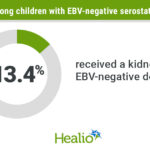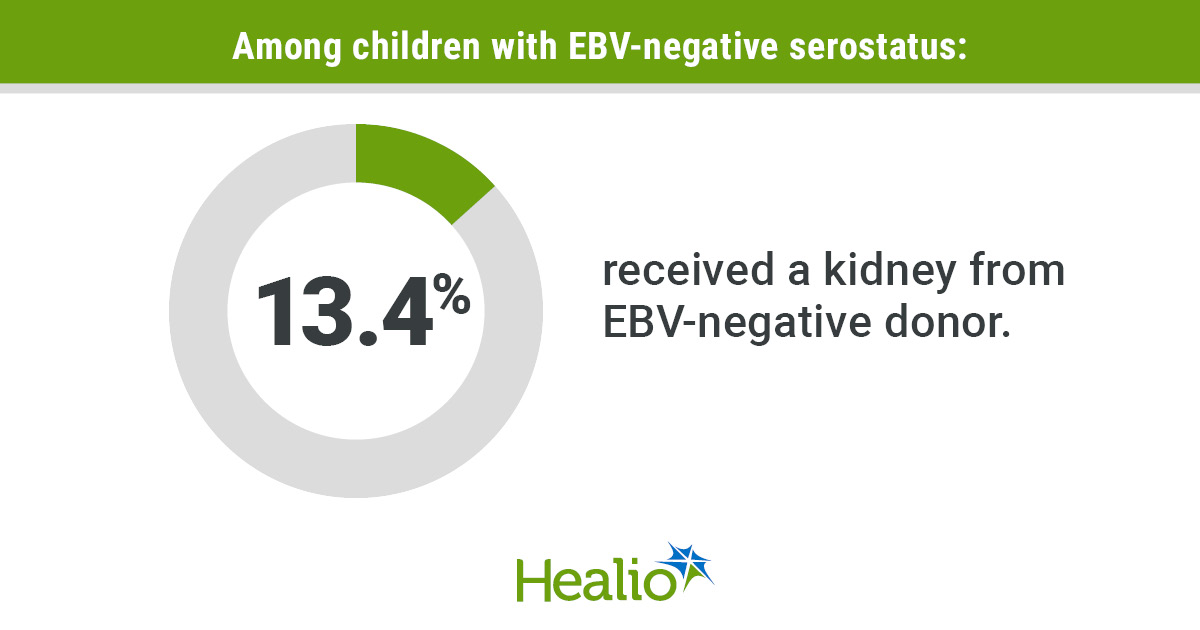September 30, 2025
3 min read
Key takeaways:
- Researchers analyzed CVD risk factors in more than 9 million adults, most in South Korea.
- More than 99% of adults had at least one risk factor for a CVD event before it happened.
Nearly all adults who had a cardiac event had at least one suboptimal risk factor beforehand, according to research published in the Journal of the American College of Cardiology.
In a population-based study, Philip Greenland, MD, FAHA, FACC, FESC, FRCP (Hon), the Harry W. Dingman Professor of Cardiology and professor of preventive medicine at Northwestern University Feinberg School of Medicine, and colleagues used 2009 to 2022 data from the Korean National Health Insurance Service in South Korea (n = 9,341,100) and 2000 to 2019 data from the U.S.-based Multi-Ethnic Study of Atherosclerosis (n = 6,803) to determine whether nonoptimal levels of four traditional risk factors — hypertension, high cholesterol, diabetes and smoking — preceded a first cardiac event

Researchers analyzed CVD risk factors in more than 9 million adults, most in South Korea. Image: Adobe Stock
“The goal of this study was to address a growing number of reports in medical literature suggesting that the major, modifiable cardiovascular risk factors were not present in a high percentage of people who had a heart attack,” Greenland told Healio.

Philip Greenland
Prior studies relied on clinical diagnosis of the risk factors, which could be subject to misclassification, according to Greenland and colleagues. The data from the population-based studies included in this analysis assessed suboptimal risk factors including BP, cholesterol and fasting glucose levels, with or without medication use, based on American Heart Association guidelines, as well as tobacco use, over time to better determine risk.
Cardiac event outcomes included CHD, MI, HF, stroke and total CVD events.
Overall, the researchers reviewed 601,025 CVD events during a median follow-up of 13.3 years for the South Korean cohort and 1,188 CVD events during a median follow-up of 17.7 years for the U.S. cohort.
In total, 99.3% of adults in the South Korean cohort and 99.5% of adults in the U.S. cohort had one of the four suboptimal risk factors before total CVD events.
Specifically, most participants had at least one suboptimal risk factor before CHD (South Korean cohort, 99.7%; U.S. cohort 99.6%), MI (South Korean cohort, 99.8%; U.S. cohort 99.7%), HF (South Korean cohort, 99.4%; U.S. cohort 99.5%) and stroke (South Korean cohort, 99.3%; U.S. cohort 99.5%).
Considering individual risk factors, suboptimal BP was the most prominent risk factor before a CVD event for both populations (South Korean cohort, 95.6%-96.1%; U.S. cohort, 93%-96.8%), followed by suboptimal cholesterol (South Korean cohort, 75.8%-84.7%; U.S. cohort, 70.7%-77.8%), suboptimal glucose (South Korean cohort, 72.8%-77.7%; U.S. cohort, 53.8%-60.3%) and past or current smoking habits (South Korean cohort, 47.9%-68.1%; U.S. cohort, 54.1%-63.3%).
Researchers noted these findings persisted across sexes and age groups, with 99% of both men and women having at least one risk factor before a CVD event regardless of age.
In addition, 93.2% to 97.2% of participants had two or more risk factors before total CVD events.
“It was worrisome that very few people had only one nonoptimal risk factor,” Greenland told Healio. “Clinicians need to be more aware of the frequency of lower levels of multiple risk factors adding up to increased risk.”
In a post hoc analysis, the researchers also found a high prevalence of a suboptimal CVD risk factors even among adults without CVD events (South Korean cohort, 98.4%; U.S. cohort, 97.6%).Overall, the near universal presence of a CVD-related risk factor indicates the importance of recognizing when patients present with suboptimal risk conditions, even if medication is not being prescribed, according to Greenland.
“Clinicians should be aware that nonoptimal levels of multiple risk factors can lead to an overall increase in cardiovascular risk, even when no one risk factor reaches the level they use to decide about using medications,” Greenland said.
For more information:
Philip Greenland, MD, FAHA, FACC, FESC, FRCP (Hon), can be reached at cardiology@healio.com.









